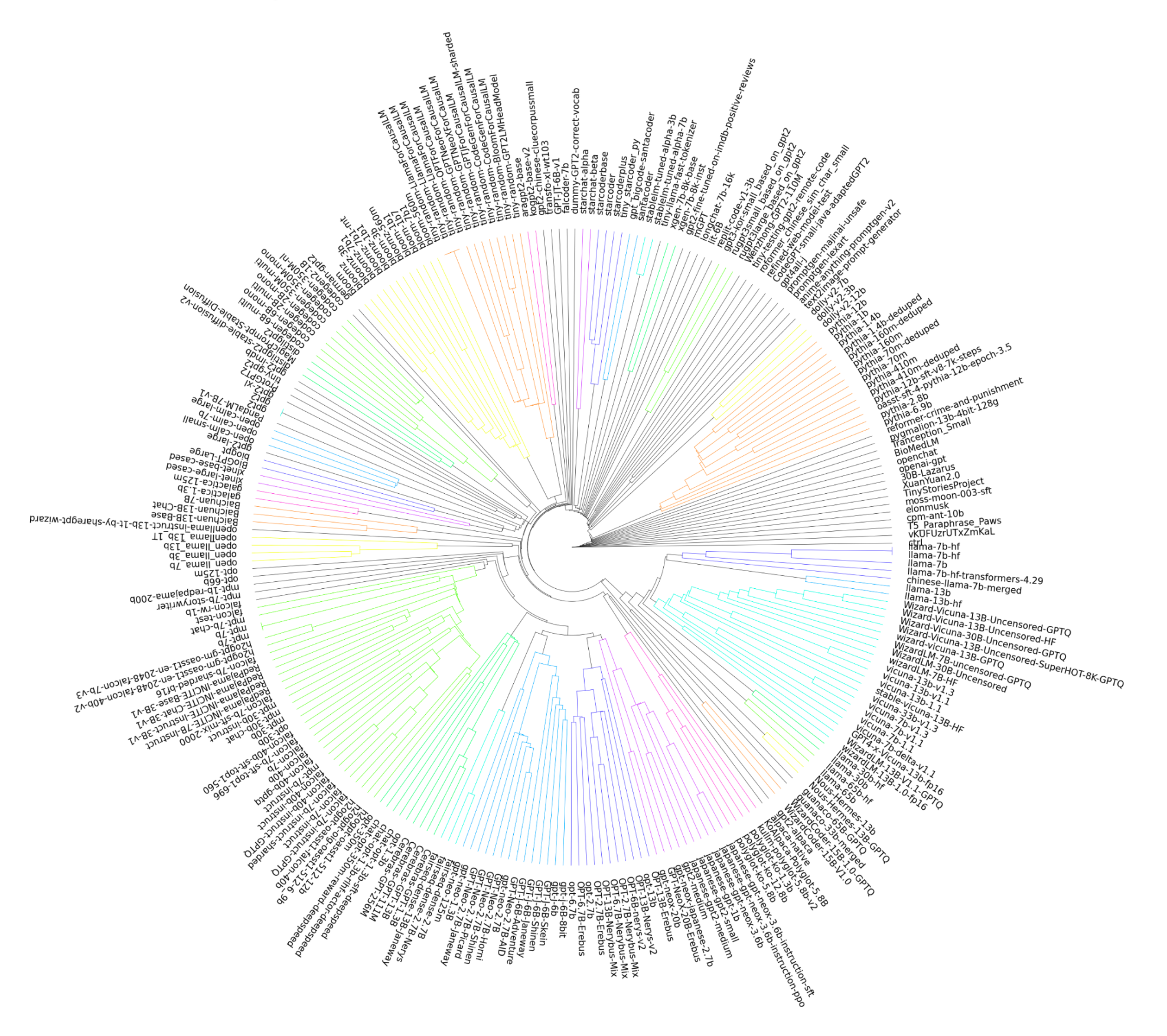Buddhist ideas on Sanskrit-Chinese translation
[This is a guest post by Max Deeg. Although the following text has profound implications for anyone who is seriously interested in the actualities of translation between two very different kinds of languages from antiquity, it is fundamentally a task for specialists to render this type of Middle Buddhist Hybrid Sinitic into English. This is both because of the nature of the language itself and due to the fact that it is fairly lengthy. Consequently, I will not provide phonetic annotations of the entire text, as is my usual practice for shorter passages on Language Log.]
Bianji on Sanskrit and Xuanzang as a translator.[1]
Introduction
The following passage is found in the twelfth chapter or fascicle (juan) of Xuanzang’s 玄奘 Datang Xiyu ji 大唐西域記 (Record of the Western Regions of the Great Tang) and is part of what I think is Bianji’s 辯機 (619-?) “Eulogy of the Record” (Jizan 記讚) added to the Record.[2]
The Datang Xiyu ji (Record of the Western Regions of the Great Tang) by the Chinese monk-pilgrim and translator Xuanzang (600?-664; travelled 629-645), arguably is one of the earliest Buddhist Chinese texts translated into a Western language and had an enormous impact on the historical research on Buddhism.[3] Originally written for the second Tang emperor Taizong 太宗 (598-649; ruled from 626) in less than one year after Xuanzang’s return from India in 645, the text gives information about the Central Asian regions Xuanzang travelled through on his journey to India (and back), about India and her different regions, with a focus on the state of Buddhism and its sacred places linked to the life of the Buddha and his disciples. Although the Record has mainly been used in a historicist-positivist fashion in modern scholarship, the text is a multifaceted complex work which contains several layers of “intentionality” that need to be taken into account carefully when reading and interpreting (hence also translating) the text. One of these intentional aspects is to “sell” Buddhism and the ideal of a Buddhist ruler to the Tang emperor.[4]
Read the rest of this entry »






